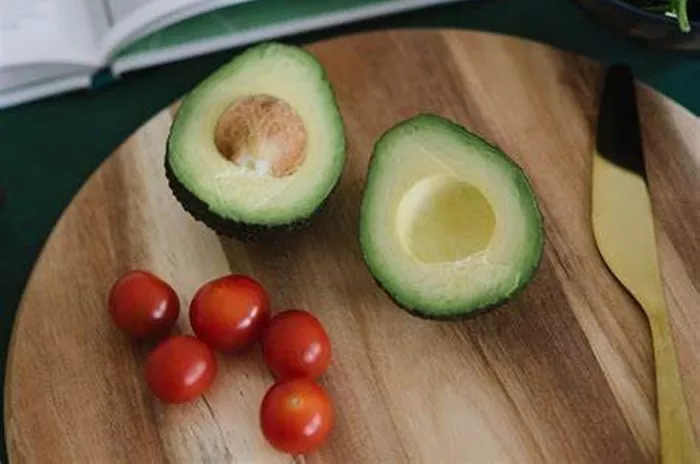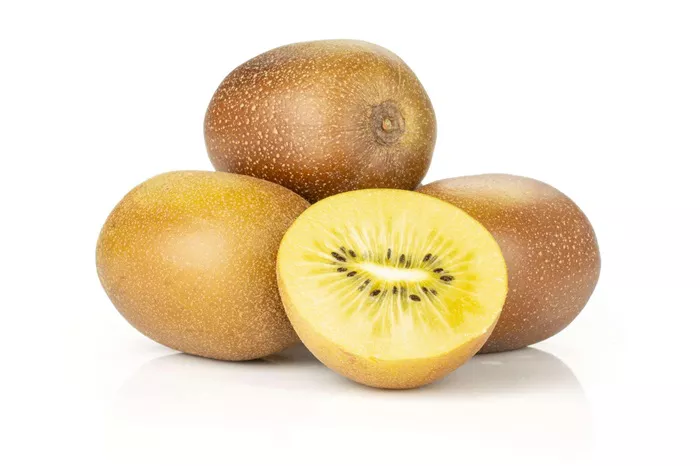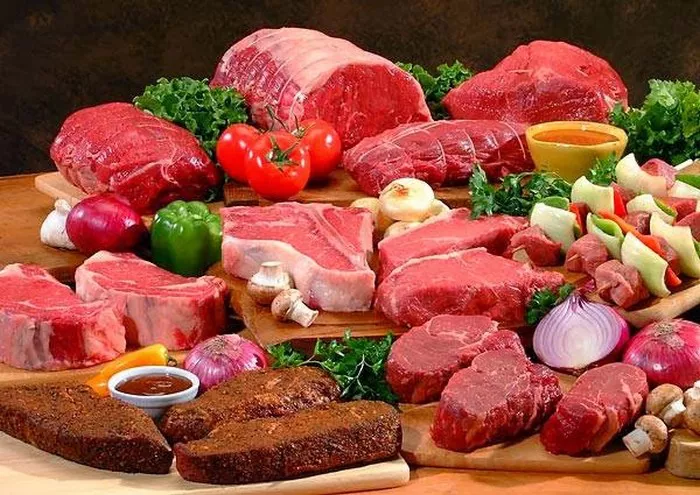Folic acid, also known as folate or vitamin B9, plays a vital role in various bodily functions, including cell division, DNA synthesis, and red blood cell formation. Adequate intake of folic acid is crucial for overall health, especially during pregnancy to prevent neural tube defects in the developing fetus. This comprehensive guide explores the foods rich in folic acid, highlighting their nutritional benefits and importance in maintaining optimal health.
Understanding Folic Acid
What is Folic Acid?
Folic acid is a water-soluble B vitamin that is essential for the body’s growth and development. It is involved in numerous biochemical processes, including the synthesis of DNA, RNA, and amino acids. Folic acid is particularly important during periods of rapid cell division and growth, such as pregnancy and infancy.
Importance of Folic Acid
Folic acid plays several key roles in the body, including:
1. Supporting healthy cell division and growth
2. Preventing neural tube defects in the developing fetus
3. Reducing the risk of heart disease and stroke
4. Supporting brain health and cognitive function
5. Aiding in the production of red blood cells and preventing anemia
Daily Recommended Intake
The recommended dietary allowance (RDA) for folic acid varies depending on age, gender, and life stage. The RDA for adults is 400 micrograms (mcg) per day, with higher requirements during pregnancy and lactation. Pregnant individuals are advised to consume 600 mcg of folic acid per day to support fetal development.
Foods Rich in Folic Acid
1. Leafy Green Vegetables
Leafy green vegetables are among the richest sources of folic acid. These include:
1. Spinach
2. Kale
3. Collard greens
4. Swiss chard
5. Romaine lettuce
2. Legumes
Legumes, such as beans, lentils, and peas, are excellent sources of folic acid. Some of the most folic acid-rich legumes include:
1. Black beans
2. Chickpeas
3. Lentils
4. Kidney beans
5. Pinto beans
3. Fortified Grains
Many grain products, such as bread, cereal, and pasta, are fortified with folic acid to help individuals meet their daily requirements. Look for products labeled as “enriched” or “fortified” to ensure they contain added folic acid.
4. Citrus Fruits
Citrus fruits are not only rich in vitamin C but also contain significant amounts of folic acid. Some folic acid-rich citrus fruits include:
1. Oranges
2. Grapefruits
3. Lemons
4. Limes
5. Avocado
Avocado is a nutrient-dense fruit that provides a good source of folic acid, along with healthy fats, fiber, and vitamins.
6. Broccoli
Broccoli is a cruciferous vegetable that is packed with nutrients, including folic acid. Incorporating broccoli into your diet can help boost your folic acid intake.
7. Brussels Sprouts
Brussels sprouts are another cruciferous vegetable that is rich in folic acid. They also provide other essential nutrients like vitamin C, vitamin K, and fiber.
8. Asparagus
Asparagus is a spring vegetable that is loaded with folic acid. It is also a good source of vitamins A, C, and K, as well as fiber.
9. Beets
Beets are root vegetables that are rich in folic acid and other vitamins and minerals. They can be enjoyed roasted, steamed, or grated raw in salads.
10. Eggs
Eggs are a versatile and nutrient-rich food that contains folic acid in the yolk. They are also an excellent source of protein and other essential nutrients.
11. Liver
Liver, particularly beef liver, is one of the richest food sources of folic acid. However, it should be consumed in moderation due to its high vitamin A content.
12. Nuts and Seeds
Nuts and seeds, such as sunflower seeds, peanuts, and almonds, contain moderate amounts of folic acid and can be included as part of a balanced diet.
Dietary Tips for Increasing Folic Acid Intake
1. Incorporate leafy green vegetables into salads, soups, stir-fries, and smoothies.
2. Include legumes in meals by adding them to stews, chili, salads, and grain bowls.
3. Choose fortified grain products, such as whole grain bread, cereal, and pasta, as part of your daily diet.
4. Snack on citrus fruits like oranges and grapefruits or enjoy them as part of a fruit salad.
5. Add avocado to sandwiches, salads, wraps, and smoothies for a creamy texture and added nutrients.
6. Steam or roast broccoli, Brussels sprouts, and asparagus as side dishes or add them to casseroles and pasta dishes.
7. Roast or steam beets and serve them as a side dish, salad topping, or ingredient in dips and spreads.
8. Incorporate eggs into your diet by enjoying them scrambled, poached, boiled, or as an omelet with vegetables.
9. Enjoy liver occasionally as part of a balanced diet, being mindful of portion sizes due to its high vitamin A content.
10. Snack on nuts and seeds or add them to yogurt, oatmeal, salads, and baked goods for extra crunch and nutrition.
Potential Benefits of Folic Acid
In addition to its role in preventing neural tube defects during pregnancy, folic acid may offer other health benefits, including:
1. Reducing the risk of heart disease and stroke by lowering homocysteine levels
2. Supporting cognitive function and reducing the risk of age-related cognitive decline
3. Promoting healthy hair, skin, and nails
4. Supporting mood regulation and mental health
Conclusion
Folic acid is a vital nutrient that plays numerous roles in maintaining overall health and well-being. By incorporating folic acid-rich foods into your diet, you can ensure you meet your daily requirements and reap the benefits of this essential vitamin. From leafy green vegetables and legumes to fortified grains and citrus fruits, there are plenty of delicious and nutritious options to choose from. Whether you’re pregnant, planning to conceive, or simply striving for optimal health, prioritizing folic acid-rich foods is a smart choice for your overall well-being.
[inline_related_posts title=”You Might Be Interested In” title_align=”left” style=”list” number=”6″ align=”none” ids=”9341,9268,9171″ by=”categories” orderby=”rand” order=”DESC” hide_thumb=”no” thumb_right=”no” views=”no” date=”yes” grid_columns=”2″ post_type=”” tax=””]

































